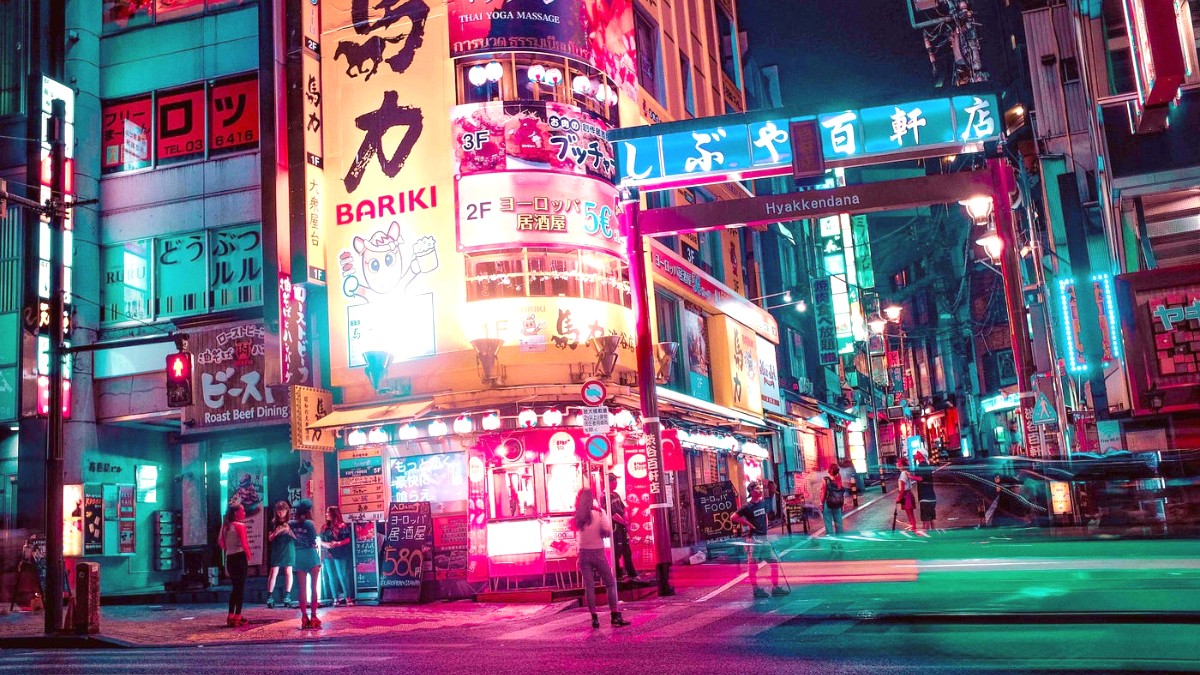
North Of Tokyo, Japan
Nikko's food narratives a Buddhist mountain retreat heritage. This background gives rise to Shojin ryori (vegetarian Buddhist cuisine), a component of local food culture.
The region's natural surroundings also shape its food: freshwater fish from local lakes and rivers, and mountain vegetables (sansai) from nearby forests, are prominent ingredients. These create a distinct local culinary identity.
Nikko's most famous specialty, prepared in various ways. It possesses a subtle, creamy flavor and unique texture.
Ayu (sweetfish) from Lake Chuzenji is a local delicacy. Often salt-grilled whole, it delivers a simple yet flavorful regional taste.
Edible wild plants harvested from nearby mountains appear in many local dishes, adding unique textures and earthy flavors.
Nikko's most renowned specialty, served in various forms: Yuba Sashimi (raw), Agedashi Yuba (deep-fried), Yuba Soba/Udon (noodles with yuba), and Yuba Don (rice bowl). It delivers a delicate texture and subtle flavor.
Find in: Numerous restaurants in central Nikko, especially on the main street leading to the shrines.
Freshwater fish from local rivers and lakes, grilled whole on a skewer. It has a delicate, slightly sweet taste.
Find in: Restaurants around Lake Chuzenji and some ryokans.
Steamed buns, frequently filled with sweet red bean paste. Some varieties feature yuba flavoring. These make excellent snacks or souvenirs.
Find in: Souvenir shops and street vendors in central Nikko.
Nikko has limited street food. You will find local sweets like Nikko Manju and possibly grilled skewers near popular attractions.
Specific food items may appear during local festivals or seasonal events. Fresh produce from the mountains may be more common in spring and autumn.
Standalone fine dining restaurants are few. High-end ryokans, particularly in Chuzenji Onsen and Nikko Yumoto Onsen, feature exquisite multi-course Kaiseki meals. These deliver a refined culinary experience with seasonal local ingredients.
Mid-range restaurants are plentiful in central Nikko, offering various Japanese cuisines: soba, udon, tempura, tonkatsu, and yuba specialties. Budget eateries include convenience stores and small local shops.
Nikko lacks large food halls or bustling traditional markets. International cuisine is limited; the region focuses on Japanese fare. Plan for specific cravings outside Nikko if needed.
Locating strictly vegetarian and vegan options can be challenging as Dashi (fish stock) forms the base of many traditional dishes. Look for Shojin ryori (Buddhist vegetarian cuisine) restaurants for authentic, flavorful meals. Some yuba dishes are naturally vegetarian.
Use translation apps or phrase cards for "dashi-nuki" (without dashi) or "niku/sakana nashi" (no meat/fish).
Dining gluten-free or with severe allergies can be very challenging. Soy sauce (often wheat-containing), dashi, and other common ingredients frequently contain gluten or allergens. Cross-contamination risk is high.
Carrying a detailed allergen card in Japanese is highly recommended. Options for these needs will be few.
Extremely limited, if available at all. Self-catering is advisable.
Extremely limited. Rare outside major cities like Tokyo.
Online forums, social media groups, and apps (e.g., HappyCow) list restaurants for various dietary needs.
Travelers with strict dietary needs may find self-preparation or specialized meal services necessary.
Dining at a traditional ryokan, especially with a multi-course kaiseki dinner, presents a comprehensive cultural and culinary experience.
Savor local flavors in a traditional setting.
Experience traditional Buddhist vegetarian cuisine, often served at temple lodgings or specialized restaurants.
A deeply flavorful and culturally significant meal.
Culinary experiences beyond basic dining can add to travel costs.
Due to limited formal tours, plan cultural and food experiences as part of your overall itinerary for broader regions like Tokyo, then apply learned etiquette in Nikko.
Most dining options near Tobu Nikko and JR Nikko stations are accessible on foot.
Requires local bus travel from Nikko Station. Dining is often concentrated within hotels/ryokans.
Many smaller restaurants in Nikko close early. Plan to dine before 8 PM, especially in Oku-Nikko.
Tipping is not customary in Japan. Service charge is sometimes included in high-end establishments.
Attempting to tip may be considered rude or confusing.
Bills are usually presented at the table or by the cashier. Payment is made at the front counter in many casual eateries.
Look for the "Okaikei" (お会計) sign for payment.
Many establishments, especially ryokans, prioritize local and seasonal ingredients.
Support eateries that focus on responsible consumption of local freshwater fish.
Mindful consumption of food helps reduce waste.
During low season, especially winter, some smaller restaurants might have reduced hours or close entirely. It is wise to verify operating times in advance.